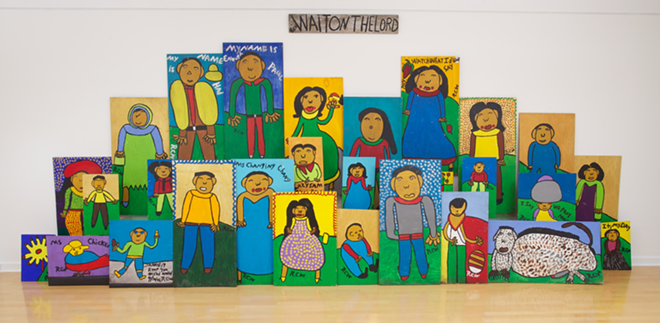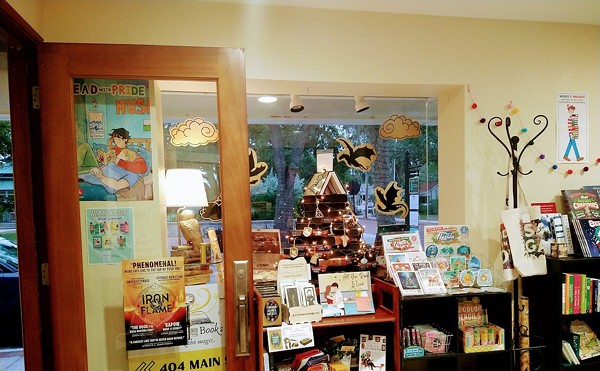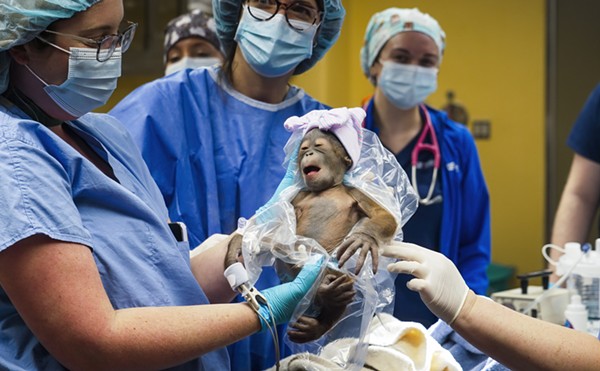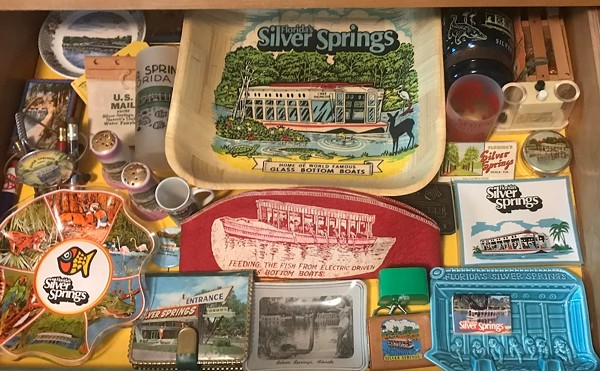If it hadn’t been for a broken heart, Ruby C. Williams might never have picked up a paintbrush. In 1967, she was working as an evangelical minister with the Community Baptist Church of Love and its founder Frederick LaGarde, Sr. — a civil rights leader and friend to Martin Luther King, Jr. — in New Jersey when her husband, also a minister, left her and their children. Depression settled in beside her, but Williams vowed to banish it by beginning a secret habit: making paintings (her first was of a fish), which she kept quiet while continuing to minister to at-risk youth, keeping them off drugs and aligned toward more productive pursuits.
“I didn’t let anybody know about the art because that would take away from what I did,” Williams says.
It wasn’t until the late 1980s when Williams’s secret habit became known to many. She moved then with her family back to Bealsville, the historic African-American community founded by 12 freed slave families, among them Williams’ great-grandmother, Mary Reddick. (To get to Bealsville, drive east on State Road 60 from Tampa for about 40 minutes.) Returning to the same land where she was born, Williams continued to minister and started a farm, selling her fruits and vegetables at a roadside stand. Then to draw customers to the stand, she began to paint signs.
One day Rodney Hardee, a Lakeland-based folk artist and art collector, pulled over to the side of the road to buy the first painting Williams ever sold out of the stand — a square of plywood painted with a perfectly ripe, vividly red strawberry for $10 or $15. Then Bud Lee, the charismatic Plant City-based photographer who was freelancing for Esquire and other national magazines when he wasn’t lighting fires in the hearts of other artists, came to see her art. Her new fans helped Williams put a name to what she was doing — folk art — and after trips through the South and to New York to meet other artists and visit museums, she began to paint in earnest — not just signs, but pictures of people and the semi-fanciful creatures that populated her Bealsville environs (e.g., a piano-playing cow that “makes better buttermilk”), often coupled with a line or two of text that offered pithy commentary on life, its joys and travails.
Williams says after her first appearance on local television in 1991, attention just grew, culminating in her inclusion in On Their Own: Selected Works by Self-Taught African-American Artists at the Smithsonian’s Anacostia Community Museum in 2005.
Through Feb. 28, a selection of her paintings at HCC Dale Mabry’s Gallery 221, Farming, Family and Folk Art: Ruby C. Williams & the Bealsville Story, offers a welcome entrée into Ruby’s world. The selection of 60-plus paintings, organized by Gallery 221 curator Katherine Gibson, who has known Williams and championed her work for nearly 20 years, is particularly delightful for a couple of its curatorial devices. For one thing, Gibson has collected nearly 30 of Williams’ portraits of quirky personalities into a “community choir” for visitors to peer at while perching on a church pew. Lazy Sam, a red-collared snail of a man, sits not far from Bonnie bon Bonnie, a nattily dressed woman who is a recurring character in Williams’ work. Between them stand two men painted on boards whose captions read “My name is Had” and “My name is Enough.”
For another, an audio soundtrack of a StoryCorps interview recorded by Gibson and Williams in 2009 loops in the background. This sounds like a distraction, but it was not during my visit; rather, the undercurrent of the interview generated a poignant sense of sitting in the gallery with Ruby. Alongside some beautiful examples of her most iconic paintings — e.g., a gold and blue composition of birds that reads “I sing because I am happy,” or a tall, vertical farmer girl whose lap is covered with fruit — and a trio of early works that sing of the hardships and humble glories of farm life, the exhibition offers a potent dose of Williams’ fusion of art, faith in God and powerful inner strength.
The painter won’t reveal her age, but a visit to her folk art stand in Bealsville today suggests that it’s time to start minding Williams’ legacy. So far, fans and friends haven’t been able to win the grants or raise the private funds necessary to preserve the SR 60 outpost, but Williams isn’t giving up. (And an exhibition like this one should serve as a reminder of why that would be such a wonderful endeavor.)
“You have to ask God to help you in life, and people don’t do that,” she says.

















